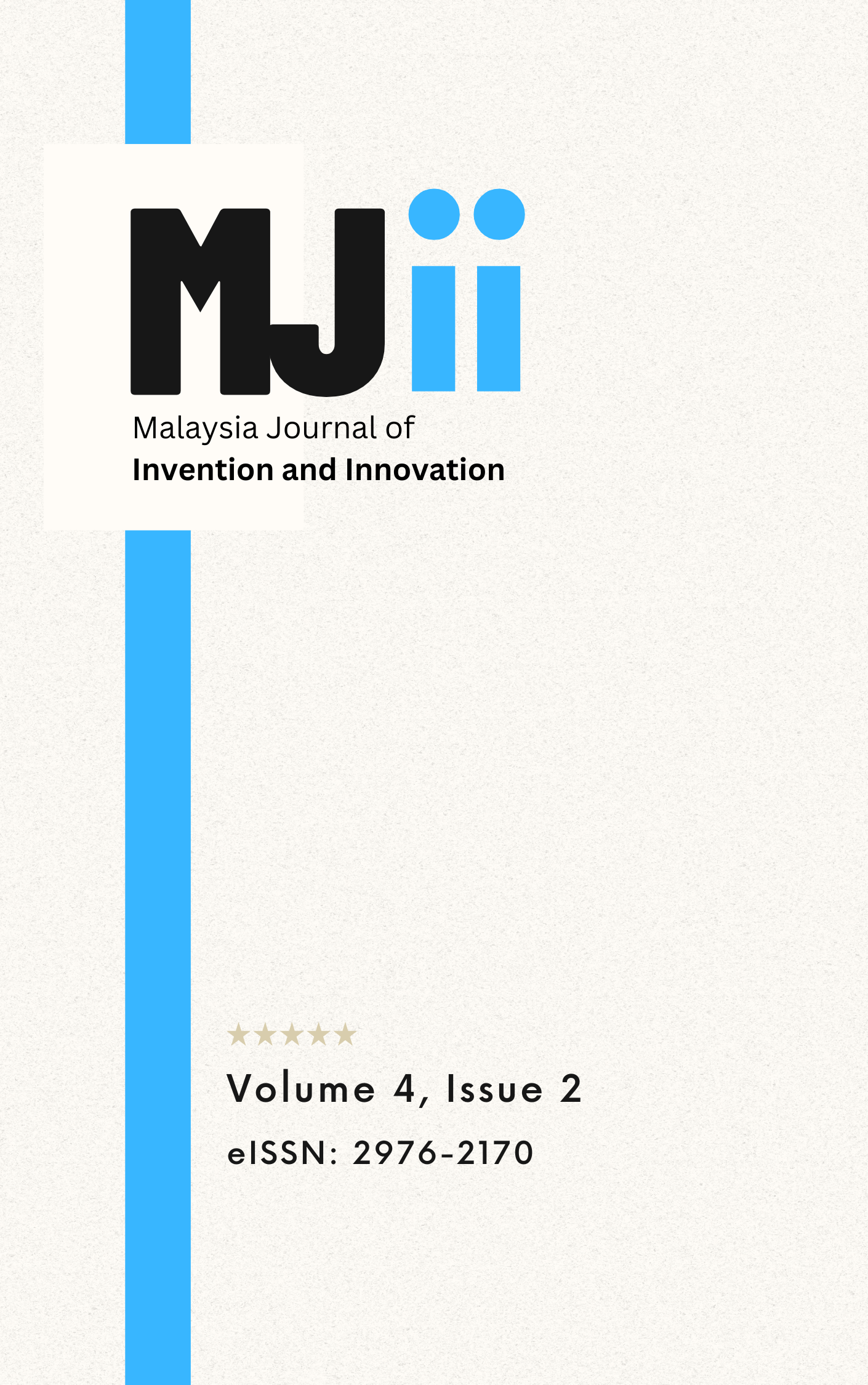EpigenomeViewer: A Shiny Web Application for Visualizing Methylation Patterns Across Biological Samples
DOI:
https://doi.org/10.64382/mjii.v4i2.83Abstract
DNA methylation plays a crucial role in gene regulation and is involved in the development of numerous diseases including cancer. However, researchers often face challenges in visualising and analysing methylation data because of limited accessibility to user-friendly software that integrates interactive visualisation with bioinformatics analysis. EpigenomeViewer is a Shiny web application developed to address this gap by providing a comprehensive platform for visualising DNA methylation patterns across tumour and normal biological samples. Users can upload their differentially methylated probes and explore methylation patterns using publication-ready figures, such as violin plots, heatmaps, and correlation matrices. Additionally, the app’s real-time filtering and correlation matrix analysis allowed researchers to identify co-methylation patterns, facilitating insights into gene regulation and potential biomarkers for disease. EpigenomeViewer is particularly useful in the study of drug resistance and early stage cancer biomarkers, where understanding methylation differences between tumour and normal samples is vital. With its export features, researchers can download high-quality visualisations for publication and presentation. This application is an invaluable tool for both experienced researchers and educators in bioinformatics and epigenetics, supporting a wide range of studies from academic research to clinical applications. Future developments include expanded support for multi-omics data and additional gene ontology features.
Downloads
Published
Issue
Section
License
Copyright (c) 2025 Nurul Syakima Ab Mutalib

This work is licensed under a Creative Commons Attribution 4.0 International License.
The authors of MJII retain copyright to the content of the articles.
The content is published under the Creative Commons Attribution (CC BY) 4.0 which allows content to be copied, adapted, displayed, distributed, republished, or otherwise re-used for any purpose, including for adaptation and commercial use provided the content is attributed without any restriction.
Authors Rights
The Journal grants you the following non-exclusive rights, subject to giving propoer acknowledgement to the original journal. The authors may:
(i) to reprint or reproduce the contribution, in whole or in part, in any publication of your interest.
(ii) to use material for teaching purposes; including availability of the matarial in academic course.
(iii) to post a copy of the contribution on your personal or institutional web server, provided that the server is non-commercial and there are no charges for access, and
(iv) to deposit a copy of the contribution in a non-commercial data repository maintained by an institution of which you are a member.
Author's Agreement
Author(s) guarantee the journal the following:
(i) that the contribution is their original work;
(ii) that it contains, no matter what, content that is defamatory or is otherwise unlawful or which invades rights of privacy or publicity or infringes any proprietary rights (including copyright);
(iii) that the contribution has not been published elsewhere in whole or in part and that no agreement to publish is outstanding other than this agreement. Author(s) agree to be responsible and hold the journal, its editors, staff and affiliate organizations harmless against any claims arising from or related to the breach or inaccuracy of any of the guarantees listed above.
Disclaimer
The editorial team of the MJII and the publication team of Academica Press Solutions share no responsibility regarding the views and opinions expressed by the authors.
The content published in MJII is Open Access and can be shared, adapted, reproduced, reprinted, after appropriate acknowledgment and giving due credit to the author(s) work.


